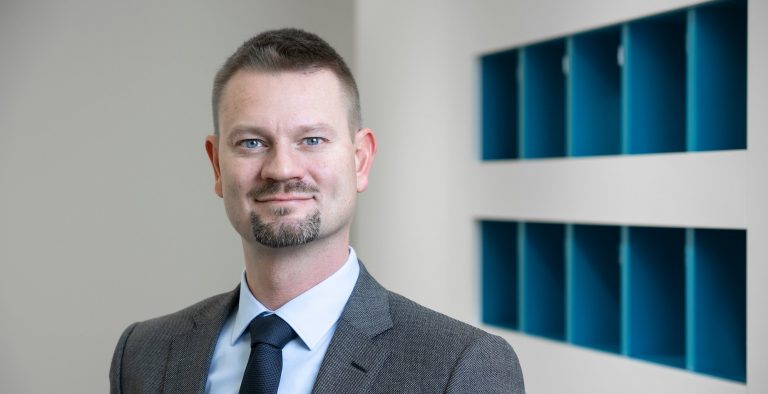Investment fund distribution is being revitalised and future-proofed thanks to shared, decentralised infrastructure. Bernard Simon, CIO of FundsDLT, explains that fund industry actors can now move to next-generation delivery and services.
In many ways, distributed ledger technology seems to have been made for sharing a registrar of fund investors, or to put it another way, having a common and trusted view on who owns what. This is a vast improvement on the current situation where the industry is greatly intermediated with duplication of ledgers and reconciliation work across these intermediaries.
Fund distribution is in the process of evolving and digital distribution has significant advantages and can provide better investor experience and remove inefficiencies throughout the chain. DLT as a foundational technology is well suited as the base that enables an ecosystem interconnected in new and exciting ways.
At the heart of this ecosystem lies a shareholder register, an order processing platform and settlement orchestration that are decentralised and shared by all actors in the distribution chain.
This is what DLT enables. It already exists and has been proven to work in a number of use cases in various real-world scenarios. DLT, therefore, is the underlying layer of infrastructure that puts distribution actors in a much better position to future proof and grow in a digital world.
For direct distribution or multipart networks
To take as one example, let’s look at selling investments funds directly to retail investors. Today, this is quite uncommon because of administrative procedures, which are still paper-based and require commercial support due to their complexity.
This makes the cost of acquiring a single customer impractical and makes intermediation with B2B and B2B2C models more convenient. In Europe, direct to investor, or D2C, solutions are few and far between as businesses are simply not set up to deal with retail investors at volume. This has led to the peculiar situation where asset managers know very little about the end investor, that is to say, who is actually buying their products.
DLT-based infrastructure is being applied to complex fund distribution networks
Bernard Simon, FundsDLT
Interesting new D2C applications, powered by FundsDLT, are today out in the market and demonstrating all their capabilities. These solutions integrate a number of technology service providers in a D2C ecosystem that responds to these challenges. In such a system, investor onboarding is vastly improved, fully digital and executed in minutes, while transaction processing is frictionless. Additionally, data is accessible throughout, in a permissioned way, with optimised retrieval and aggregation in near real time.
While a significant step, this is a relatively simple use of DLT in fund distribution. DLT-based infrastructure is being applied to more complex networks such as those for B2B2C where many more companies need to interact with each other.
By sharing a decentralized infrastructure, combined with cloud technology and APIs, they can enable efficiency gains and cost reductions across the whole network, even to the point of those within the network using legacy technologies.
Collaborative change in Luxembourg
In Luxembourg, as can be expected in Europe’s largest fund centre, there are numerous fintechs that are focused on solutions for asset management and fund distribution. Their solutions cover the full range from initial set up and registration, know your distributor (KYD) offerings to payment solutions based on PSD2. Indeed, this is highlighted in a recent paper from the LHoFT Foundation.
This is an exciting time for fund distribution. Change is here. It is happening within an existing legal framework and in a fund centre that that has a unique combination of operational and technical expertise. As a result, long-standing roadblocks to true digital transformation are being removed.
Overall, we foresee a rise of collaborative improvements that will create better and more efficient fund distribution. In this context, the future will bring new products and models enable asset managers to grow new channels, geographies and segments.



